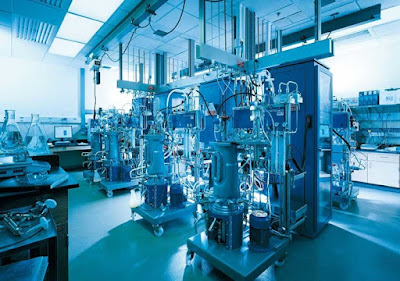For a long time, the medical sector had believed that the adult brain is immutable and fixed. Neurologists had assumed that the brain was a lot less flexible after a certain point, and the stubbornness of a few had done little to dispel that notion. Today, the brain is discovered to be more elastic than previously thought, and that an active brain contributes to this resilience in more ways than one.
 |
| Image source: slideshare.net |
Discoveries made as far back as the 1960s has pointed to the ability of the brain to repair itself. Key findings include the production of new neurons (previously thought to be restricted to those in the nose) within the hippocampus, a pivotal region of the brain associated with memory. Neuroscientists have also noted that, at times, patients have made gradual recoveries from traumatic brain injury, leading them to explore the true extents of the brain’s ability to heal itself.
Today, two principles are now known to affect the resilience of the brain: neurogenesis, which involves the creation of new brain cells, and brain plasticity, which refers to the rearrangement of the connections between neurons. The brain is known to create new neurons and maintain the connections between them whenever it is active. Further studies have corroborated the ability for physically and mentally engaging activities to suppress the onset of mental illnesses like Alzheimer’s.
Besides this, the ability for activities to strengthen brain plasticity has opened new horizons for neuroscience. The discipline of neuroengineering, which applies brain plasticity to help resolve compromised neural connections, has found extensive use in rehabilitative medicine. By stimulating the brain, it can be coaxed to heal severed connections gradually.
 |
| Image source: Sydney.edu.au |
Dr. Curtis Cripe’s work in neuroengineering is the basis of the treatment programs used by the NTL Group. Visit this website for more on Dr. Cripe’s work.









